Home>Storage & Organization>Kitchen Organizing Tools>Why My Cat Won’t Poop In The Litter Box
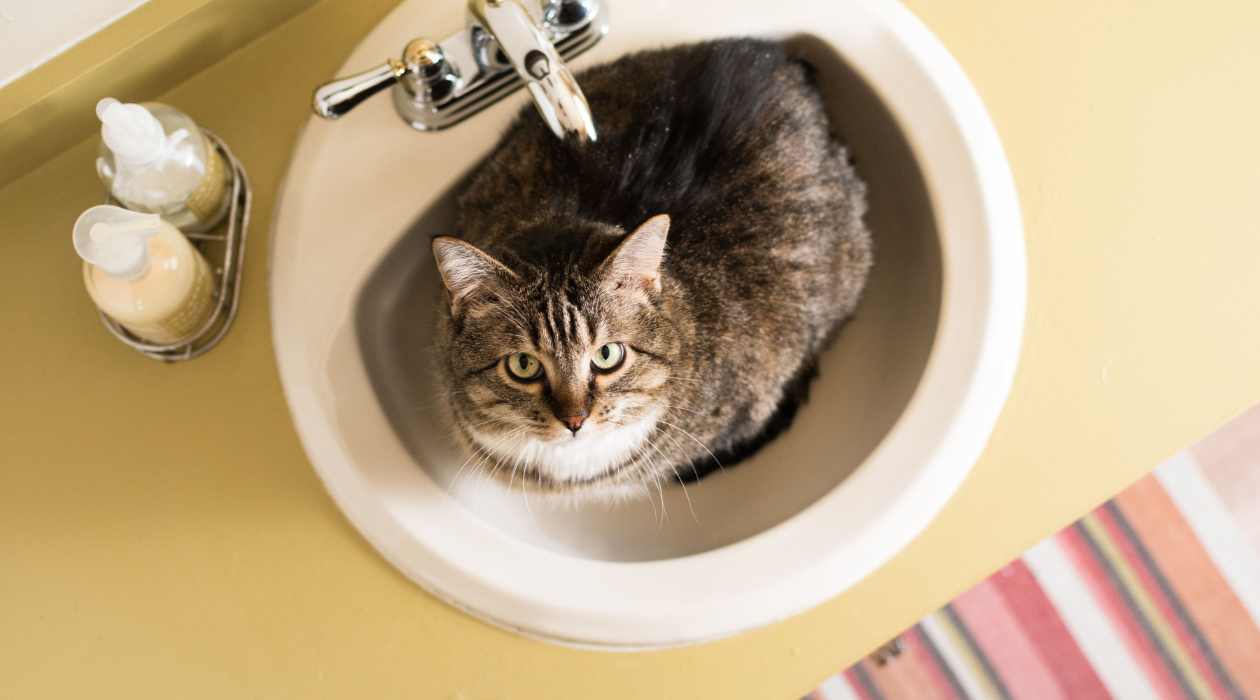

Kitchen Organizing Tools
Why My Cat Won’t Poop In The Litter Box
Modified: August 24, 2024
Discover the best kitchen organizing tools to keep your space tidy and efficient. Find out why your cat may be avoiding the litter box and how to solve the issue.
(Many of the links in this article redirect to a specific reviewed product. Your purchase of these products through affiliate links helps to generate commission for Storables.com, at no extra cost. Learn more)
Introduction
Cats are fascinating creatures, known for their independence, agility, and mysterious behaviors. As a cat owner, you may have experienced the frustration of finding your feline friend avoiding the litter box. This perplexing behavior can lead to messes around the house and leave you wondering why your cat won't poop in the litter box. Understanding the reasons behind this behavior is crucial for maintaining a harmonious living environment with your beloved pet.
When your cat starts to exhibit this behavior, it's essential to approach the situation with patience and empathy. Rather than viewing it as a deliberate act of defiance, consider it as a form of communication from your cat. By delving into the potential causes and solutions, you can work towards resolving the issue and ensuring your cat's well-being.
In this comprehensive guide, we will explore the various factors that may contribute to your cat's reluctance to use the litter box. From understanding your cat's behavior to addressing potential medical issues and environmental factors, we will delve into the intricacies of this common feline behavior. By gaining insights into your cat's perspective and needs, you can take proactive steps to encourage litter box use and foster a positive relationship with your furry companion.
As we embark on this journey to unravel the mystery of why your cat won't poop in the litter box, remember that every cat is unique, and there is no one-size-fits-all solution. With a blend of understanding, patience, and practical strategies, you can navigate this challenge and create a supportive environment that promotes your cat's well-being and happiness. Let's embark on this enlightening exploration to decode the enigma of feline behavior and pave the way for a harmonious coexistence with your cherished pet.
Key Takeaways:
- Cats may avoid the litter box due to stress, health issues, or environmental factors. Understanding their behavior and needs can help create a supportive environment for positive litter box habits.
- Maintaining a clean, accessible, and enriched litter box environment, along with addressing potential medical issues, can encourage cats to use the litter box consistently and foster a harmonious relationship.
Understanding Your Cat's Behavior
Understanding your cat's behavior is the key to deciphering the enigma of why your feline friend is avoiding the litter box. Cats are known for their unique and intricate behaviors, which are often rooted in their instincts and communication methods. By delving into the underlying motivations and instincts of cats, you can gain valuable insights into their actions.
Cats are inherently clean animals with a strong inclination towards maintaining hygiene. In the wild, they are meticulous about burying their waste to avoid attracting predators or rivals. This instinctual behavior is deeply ingrained in domestic cats as well. However, various factors can disrupt this natural inclination, leading to aversion towards the litter box.
Furthermore, cats are highly sensitive to their environment and may exhibit behavioral changes in response to stress, anxiety, or changes in their surroundings. The location, cleanliness, and accessibility of the litter box play a pivotal role in influencing your cat's behavior. Additionally, the presence of other pets, loud noises, or disruptions in their routine can contribute to their reluctance to use the litter box.
Understanding your cat's behavior also involves recognizing their communication cues. Cats may use avoidance of the litter box as a way to convey their discomfort or dissatisfaction. By observing their body language, vocalizations, and overall demeanor, you can gain valuable insights into their emotional state and potential triggers for their behavior.
Moreover, the dynamics of multi-cat households can significantly impact litter box usage. Cats are territorial animals, and conflicts or competition among multiple cats can lead to stress and avoidance of shared resources, including the litter box. Understanding the social dynamics and interactions between your cats is crucial for addressing any underlying issues that may be contributing to the problem.
By delving into the intricate nuances of your cat's behavior, you can develop a deeper understanding of their needs, preferences, and potential stressors. This understanding forms the foundation for implementing effective strategies to encourage litter box use and foster a supportive environment for your feline companion.
Possible Reasons for Avoiding the Litter Box
Understanding the potential reasons behind your cat's avoidance of the litter box is crucial for addressing this perplexing behavior. Cats are complex creatures, and their reluctance to use the designated elimination area can stem from various underlying factors. By delving into these potential reasons, you can gain valuable insights into your cat's behavior and take proactive steps to resolve the issue.
-
Litter Box Aversion: Your cat may develop an aversion to the litter box due to negative associations. If the litter box is not cleaned regularly or if it has an unpleasant odor, your cat may seek alternative elimination spots. Additionally, certain types of litter may be uncomfortable for your cat's paws, leading to aversion.
-
Stress and Anxiety: Cats are sensitive to changes in their environment, and stress or anxiety can manifest in various behavioral changes, including avoidance of the litter box. Factors such as moving to a new home, the introduction of a new pet, loud noises, or changes in routine can trigger stress-related litter box aversion.
-
Medical Issues: Underlying medical conditions can significantly impact your cat's litter box behavior. Urinary tract infections, bladder stones, constipation, and other health issues can cause discomfort or pain during elimination, leading to avoidance of the litter box. It's essential to rule out any potential medical issues through a thorough veterinary examination.
-
Litter Box Accessibility: The location and accessibility of the litter box play a crucial role in your cat's willingness to use it. If the litter box is in a noisy or high-traffic area, your cat may feel vulnerable and opt for more secluded spots. Additionally, aging or mobility issues can make it challenging for cats to access high-sided or enclosed litter boxes.
-
Territorial Conflicts: In multi-cat households, territorial conflicts can arise, impacting litter box usage. Dominance struggles, competition for resources, or bullying behaviors can lead to stress and avoidance of shared litter boxes. Ensuring that each cat has access to their own litter box and addressing any underlying social dynamics is essential.
By considering these potential reasons for your cat's avoidance of the litter box, you can gain a deeper understanding of the underlying factors contributing to this behavior. This understanding forms the groundwork for implementing targeted strategies to address the issue and create a supportive environment that promotes your cat's well-being and litter box compliance.
Medical Issues to Consider
When addressing your cat's reluctance to use the litter box, it's crucial to consider potential medical issues that may be contributing to this behavior. Cats are masters at masking signs of illness, making it challenging for pet owners to discern underlying health issues. However, certain medical conditions can significantly impact your cat's litter box behavior, leading to avoidance and discomfort during elimination.
One of the primary medical concerns associated with litter box aversion is urinary tract issues. Cats are prone to developing urinary tract infections (UTIs), which can cause discomfort, pain, and increased frequency of urination. Additionally, the presence of bladder stones or crystals in the urine can lead to similar symptoms, prompting your cat to associate the litter box with discomfort and opting for alternative elimination spots.
Constipation is another common medical issue that can affect your cat's litter box habits. If your cat experiences difficulty and discomfort during bowel movements, they may develop an aversion to the litter box, seeking relief in secluded areas. Furthermore, gastrointestinal issues, such as inflammatory bowel disease or dietary intolerances, can lead to irregular bowel movements and discomfort, influencing your cat's elimination preferences.
In some cases, senior cats may experience mobility issues or arthritis, making it challenging for them to access high-sided or enclosed litter boxes. This physical limitation can result in avoidance of the litter box and the search for more accessible elimination spots. Additionally, age-related cognitive decline or senility can impact your cat's litter box habits, leading to confusion and disorientation.
It's essential to emphasize that any changes in your cat's litter box behavior should prompt a thorough veterinary examination. Your veterinarian can conduct diagnostic tests, including urinalysis, fecal analysis, and imaging studies, to rule out underlying medical issues. Early detection and treatment of medical conditions are crucial for alleviating your cat's discomfort and restoring their litter box confidence.
By considering the potential medical issues that may be contributing to your cat's avoidance of the litter box, you can take proactive steps to prioritize your cat's health and well-being. Collaborating with your veterinarian to address any underlying medical concerns is essential for creating a supportive environment that promotes your cat's litter box compliance and overall happiness.
Ensure the litter box is clean and in a quiet, accessible location. Try different types of litter and make sure the box is big enough. If the issue persists, consult a vet to rule out any medical problems.
Environmental Factors to Address
Environmental factors play a pivotal role in influencing your cat's litter box behavior. Cats are highly sensitive to their surroundings, and various environmental elements can impact their comfort, security, and overall well-being. By addressing these factors, you can create an environment that fosters positive litter box habits and supports your cat's emotional and physical needs.
-
Litter Box Placement: The location of the litter box is a critical environmental factor that can influence your cat's willingness to use it. Placing the litter box in a quiet, low-traffic area provides your cat with a sense of privacy and security during elimination. Additionally, ensuring that the litter box is easily accessible, especially for senior or mobility-impaired cats, is essential for promoting consistent litter box use.
-
Litter Box Cleanliness: Maintaining a clean litter box is paramount for encouraging your cat to use it regularly. Cats are fastidious animals, and any perceived uncleanliness or odor in the litter box can deter them from using it. Regular scooping and thorough cleaning of the litter box, along with timely litter replacement, contribute to a hygienic and inviting elimination space for your cat.
-
Litter Type and Texture: Cats have individual preferences when it comes to litter type and texture. Some cats may favor clumping litter, while others may prefer non-clumping varieties. Experimenting with different litter types and textures allows you to cater to your cat's preferences, ensuring their comfort and satisfaction during elimination.
-
Litter Box Accessibility: For multi-level homes, it's crucial to provide litter box accessibility on each floor to accommodate your cat's needs. Additionally, ensuring that the litter box is easily reachable and does not require navigating through obstacles or high barriers is essential for promoting consistent litter box use, especially for senior or arthritic cats.
-
Environmental Enrichment: Creating a stimulating and enriching environment for your cat can alleviate stress and anxiety, contributing to positive litter box habits. Providing scratching posts, interactive toys, vertical spaces, and designated resting areas allows your cat to engage in natural behaviors and reduces the likelihood of stress-related litter box avoidance.
-
Multi-Cat Dynamics: In multi-cat households, addressing the social dynamics and resource competition is crucial for promoting harmonious litter box usage. Ensuring that each cat has access to their own litter box, along with providing separate feeding and resting areas, minimizes territorial conflicts and reduces stress-related litter box aversion.
By addressing these environmental factors, you can create a supportive and cat-friendly environment that promotes positive litter box habits and enhances your cat's overall well-being. Understanding your cat's preferences and providing a conducive environment sets the stage for a harmonious coexistence and encourages your cat to confidently utilize the litter box, fostering a positive and fulfilling relationship between you and your feline companion.
Tips for Encouraging Litter Box Use
Encouraging consistent litter box use in your cat involves a multifaceted approach that addresses their physical, emotional, and environmental needs. By implementing targeted strategies and creating a supportive environment, you can promote positive litter box habits and strengthen the bond with your feline companion.
-
Maintain Cleanliness: Regularly scoop the litter box to remove waste and clumps, ensuring a clean and inviting elimination space for your cat. Thoroughly clean the litter box with mild, unscented soap and water on a regular basis, and replace the litter as needed to prevent odor buildup.
-
Choose the Right Litter: Experiment with different litter types and textures to identify your cat's preferences. Some cats may prefer clumping litter, while others may favor non-clumping varieties. Providing a litter that aligns with your cat's preferences enhances their comfort during elimination.
-
Strategic Placement: Position the litter box in a quiet, low-traffic area that offers privacy and security for your cat. Avoid placing the litter box near noisy appliances, feeding areas, or areas frequented by other pets. Additionally, ensure that the litter box is easily accessible, especially for senior or mobility-impaired cats.
-
Multiple Litter Boxes: In multi-cat households, provide multiple litter boxes to prevent territorial conflicts and promote individual elimination spaces for each cat. The general guideline is to have one litter box per cat, plus an additional box to accommodate their preferences and territorial instincts.
-
Environmental Enrichment: Create a stimulating and enriching environment for your cat by offering interactive toys, scratching posts, and vertical spaces. Engaging your cat in natural behaviors and providing mental stimulation reduces stress and anxiety, contributing to positive litter box habits.
-
Positive Reinforcement: Praise and reward your cat when they use the litter box consistently. Positive reinforcement, such as verbal praise, treats, or interactive play sessions, reinforces the desired behavior and encourages your cat to view the litter box as a positive and rewarding space.
-
Veterinary Evaluation: If your cat's litter box aversion persists despite implementing these strategies, consult with your veterinarian to rule out underlying medical issues. A thorough veterinary examination can identify potential health concerns and guide appropriate treatment to alleviate your cat's discomfort.
By incorporating these tips into your cat care routine, you can create an environment that supports your cat's litter box compliance and overall well-being. Understanding your cat's individual preferences and needs empowers you to cultivate a positive and harmonious relationship with your feline companion, fostering a mutually fulfilling living arrangement for both you and your beloved cat.
Conclusion
In conclusion, understanding and addressing your cat's reluctance to use the litter box is a multifaceted endeavor that requires empathy, observation, and proactive measures. By delving into the intricate nuances of feline behavior, potential medical issues, and environmental factors, you can gain valuable insights into your cat's needs and preferences. This comprehensive understanding forms the foundation for implementing targeted strategies to encourage litter box use and create a supportive environment for your beloved pet.
It is essential to approach your cat's litter box aversion with patience and empathy, refraining from viewing it as a deliberate act of defiance. Instead, consider it as a form of communication from your cat, signaling potential discomfort, stress, or environmental dissatisfaction. By recognizing your cat's communication cues and body language, you can gain valuable insights into their emotional state and potential triggers for their behavior.
Addressing potential medical issues is paramount in resolving litter box aversion. Cats are adept at concealing signs of illness, making it crucial to collaborate with your veterinarian to rule out underlying health concerns. Early detection and treatment of urinary tract issues, gastrointestinal discomfort, or age-related mobility challenges are essential for alleviating your cat's discomfort and restoring their confidence in using the litter box.
Furthermore, creating a conducive environment that prioritizes cleanliness, accessibility, and environmental enrichment is pivotal for promoting positive litter box habits. By maintaining a clean and inviting elimination space, offering multiple litter boxes in multi-cat households, and providing environmental enrichment, you can reduce stress and anxiety, fostering a harmonious living environment for your cat.
Incorporating these insights and strategies into your cat care routine empowers you to cultivate a supportive and fulfilling relationship with your feline companion. By prioritizing your cat's physical and emotional well-being, you can navigate the challenges of litter box aversion with compassion and understanding, ultimately fostering a positive and harmonious coexistence with your cherished pet.
Frequently Asked Questions about Why My Cat Won't Poop In The Litter Box
Was this page helpful?
At Storables.com, we guarantee accurate and reliable information. Our content, validated by Expert Board Contributors, is crafted following stringent Editorial Policies. We're committed to providing you with well-researched, expert-backed insights for all your informational needs.
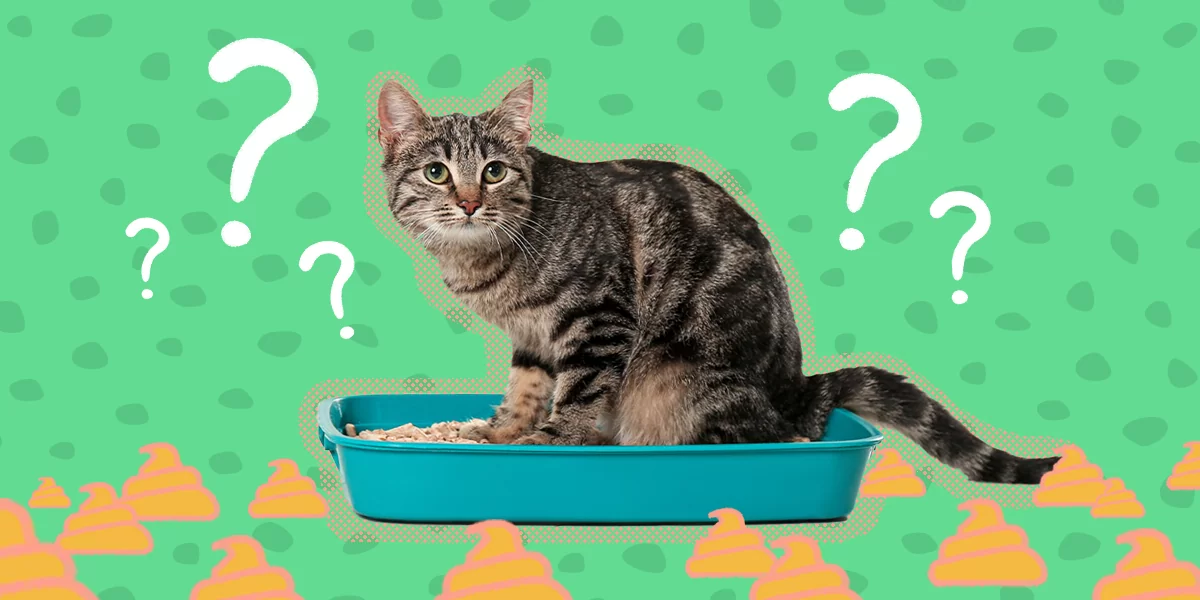
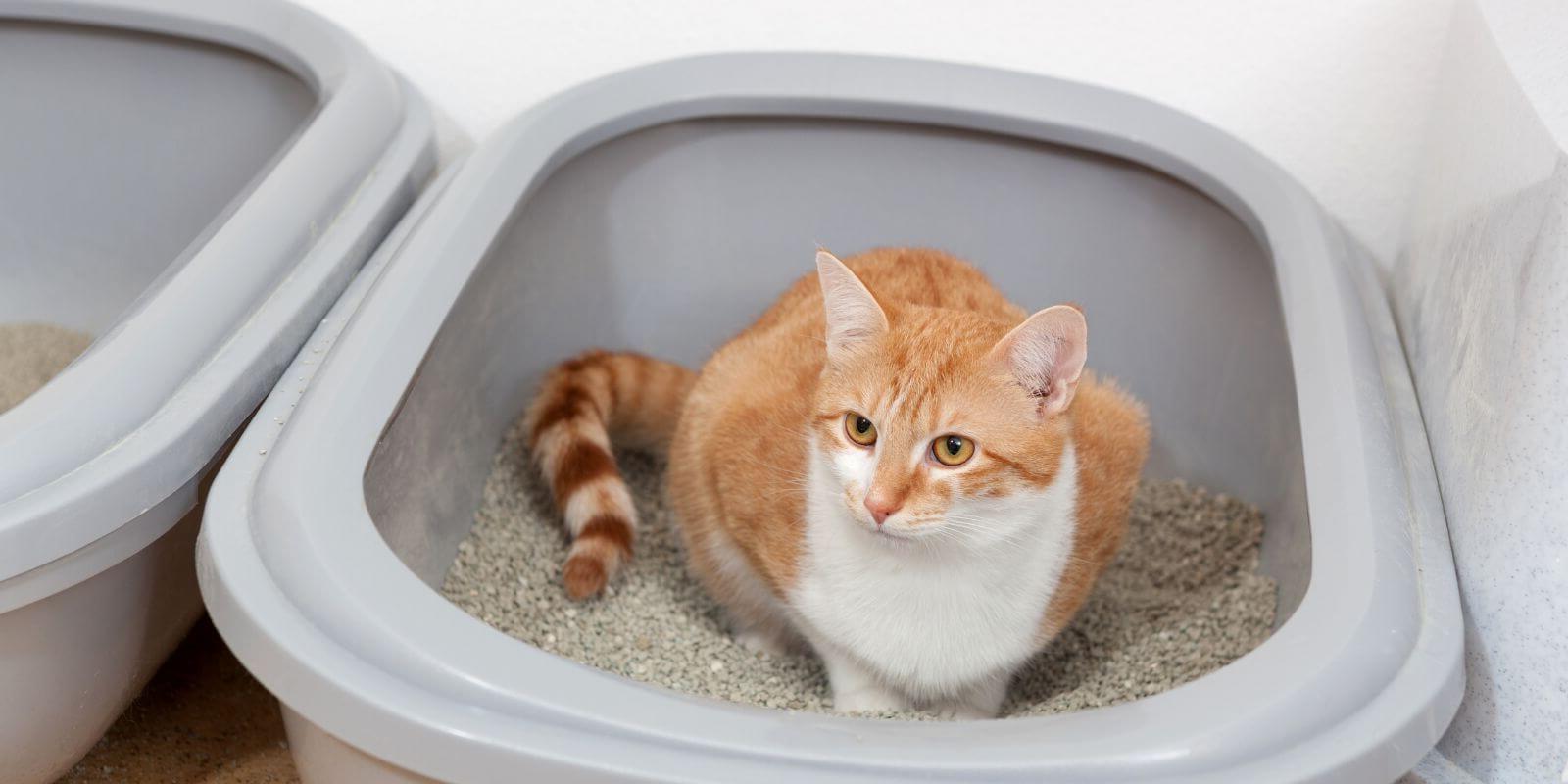
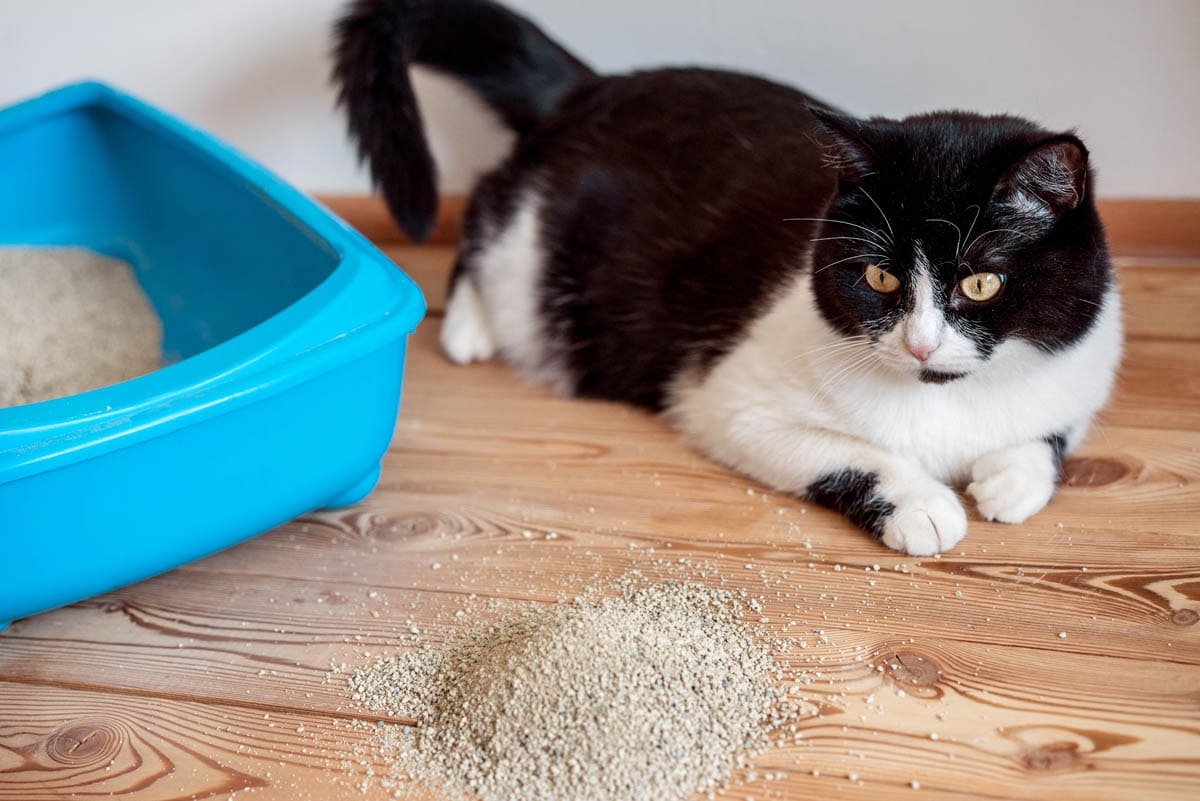
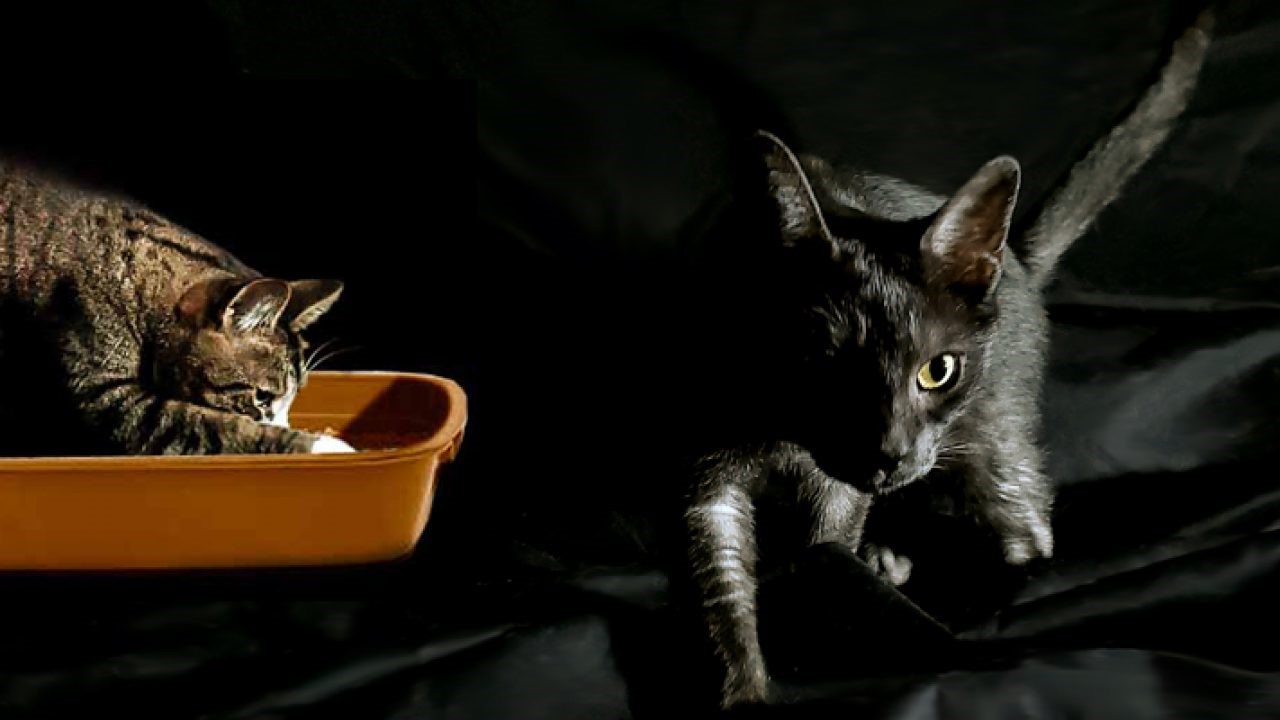
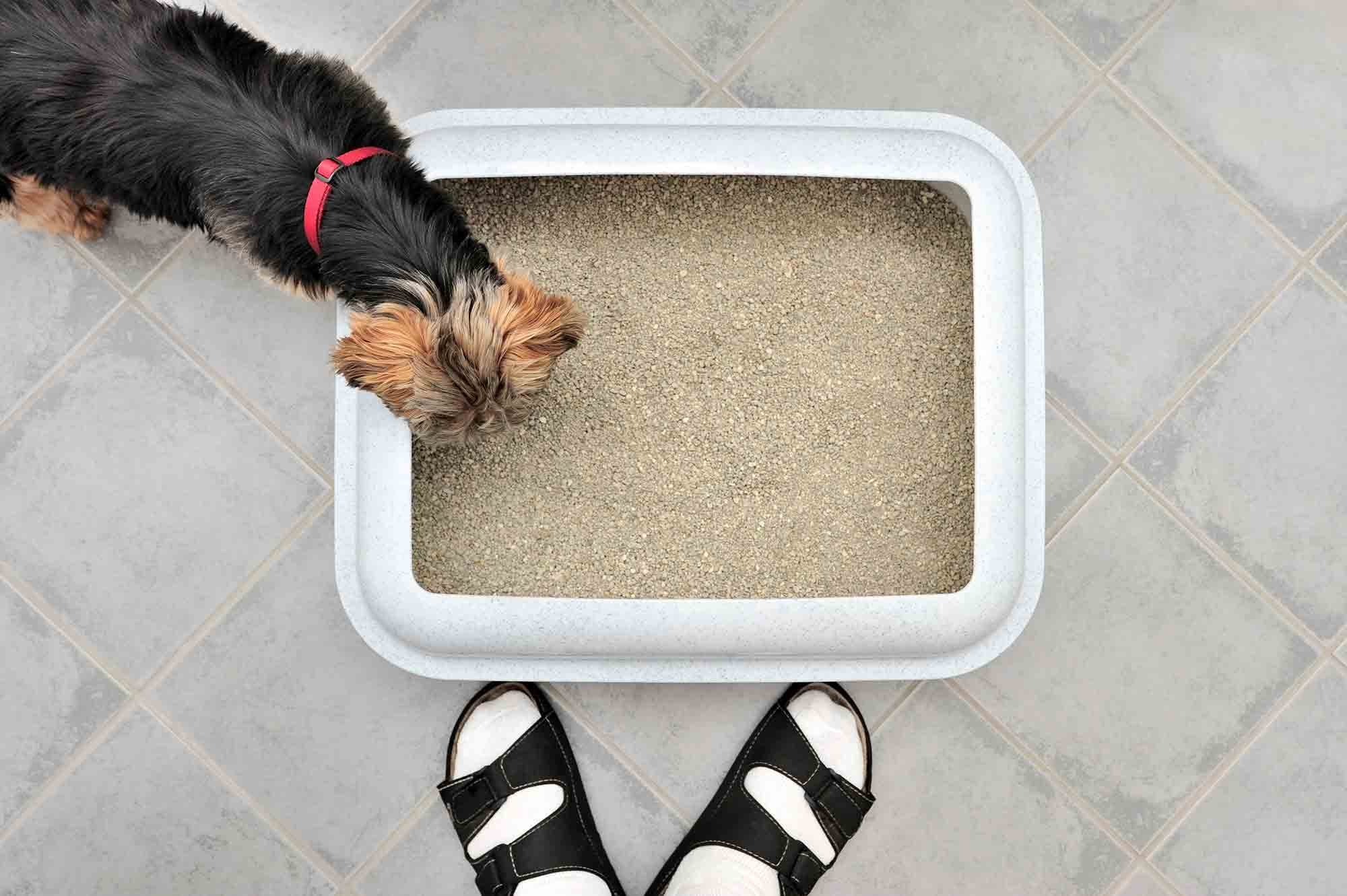
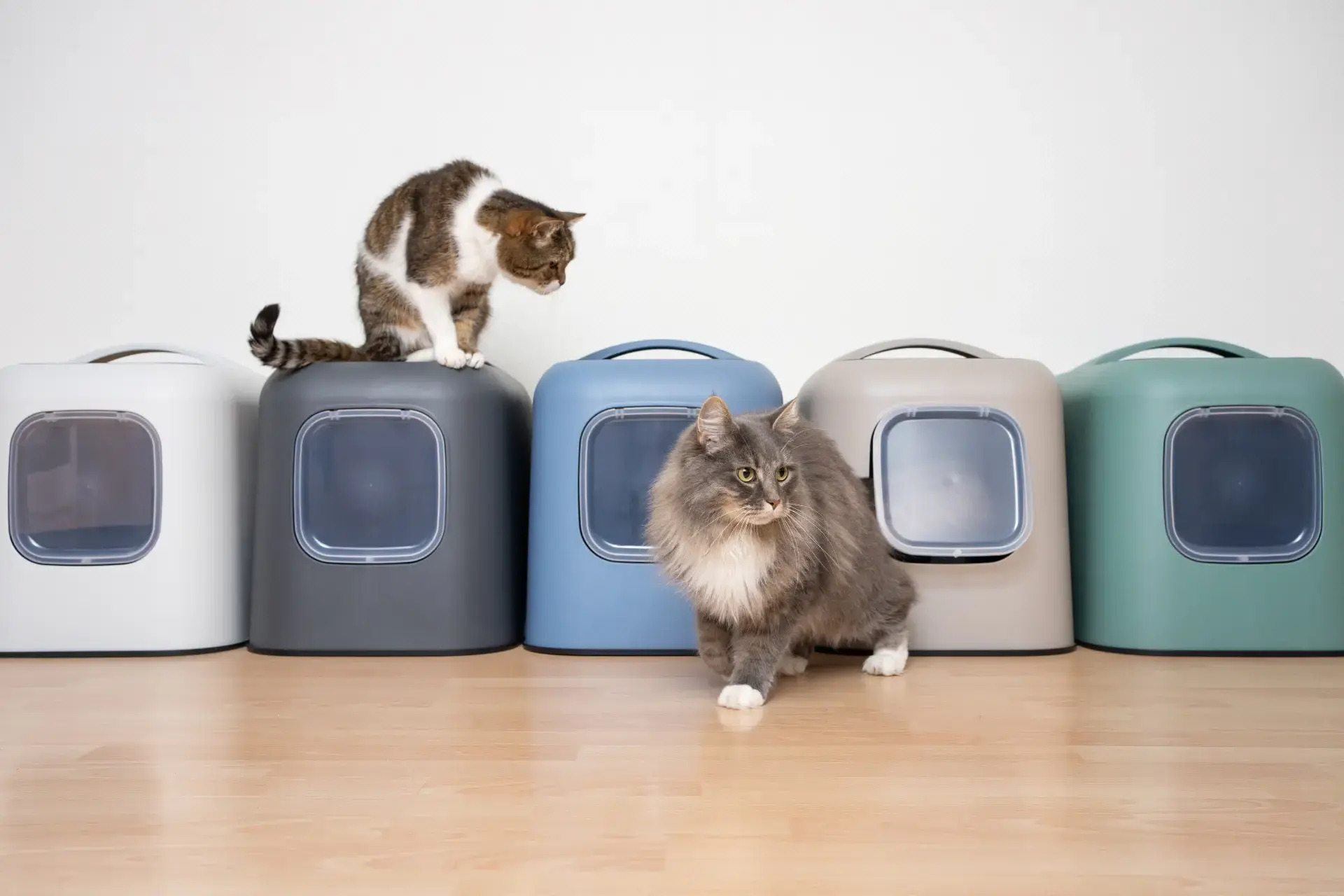
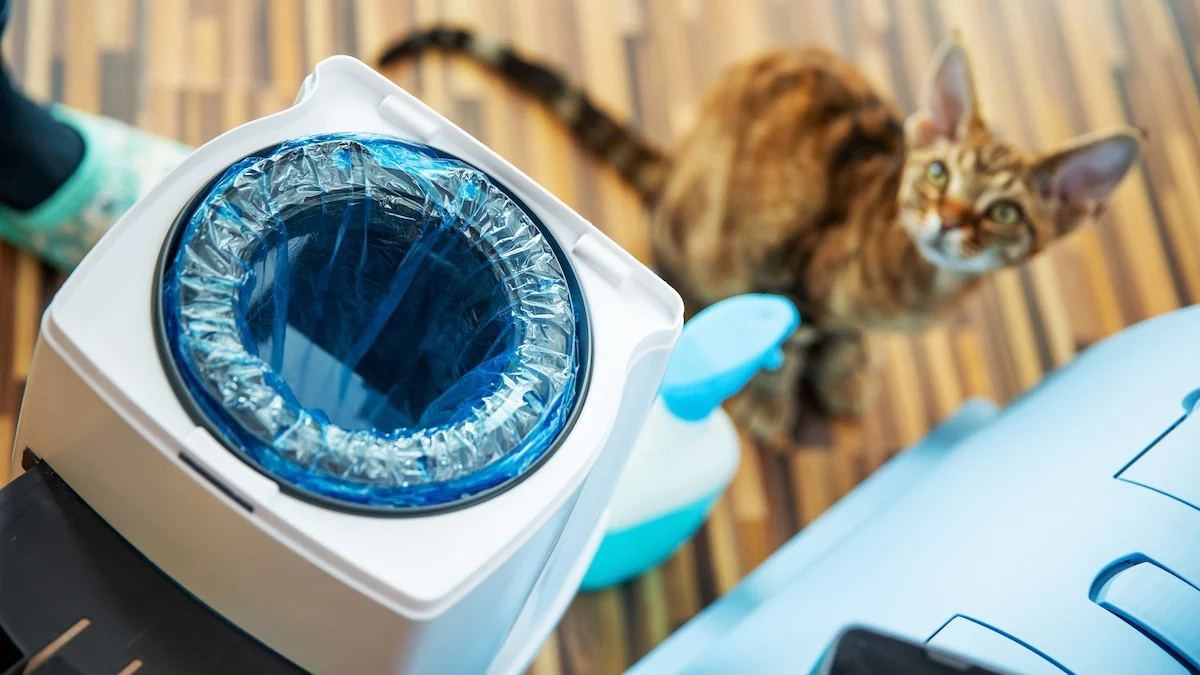
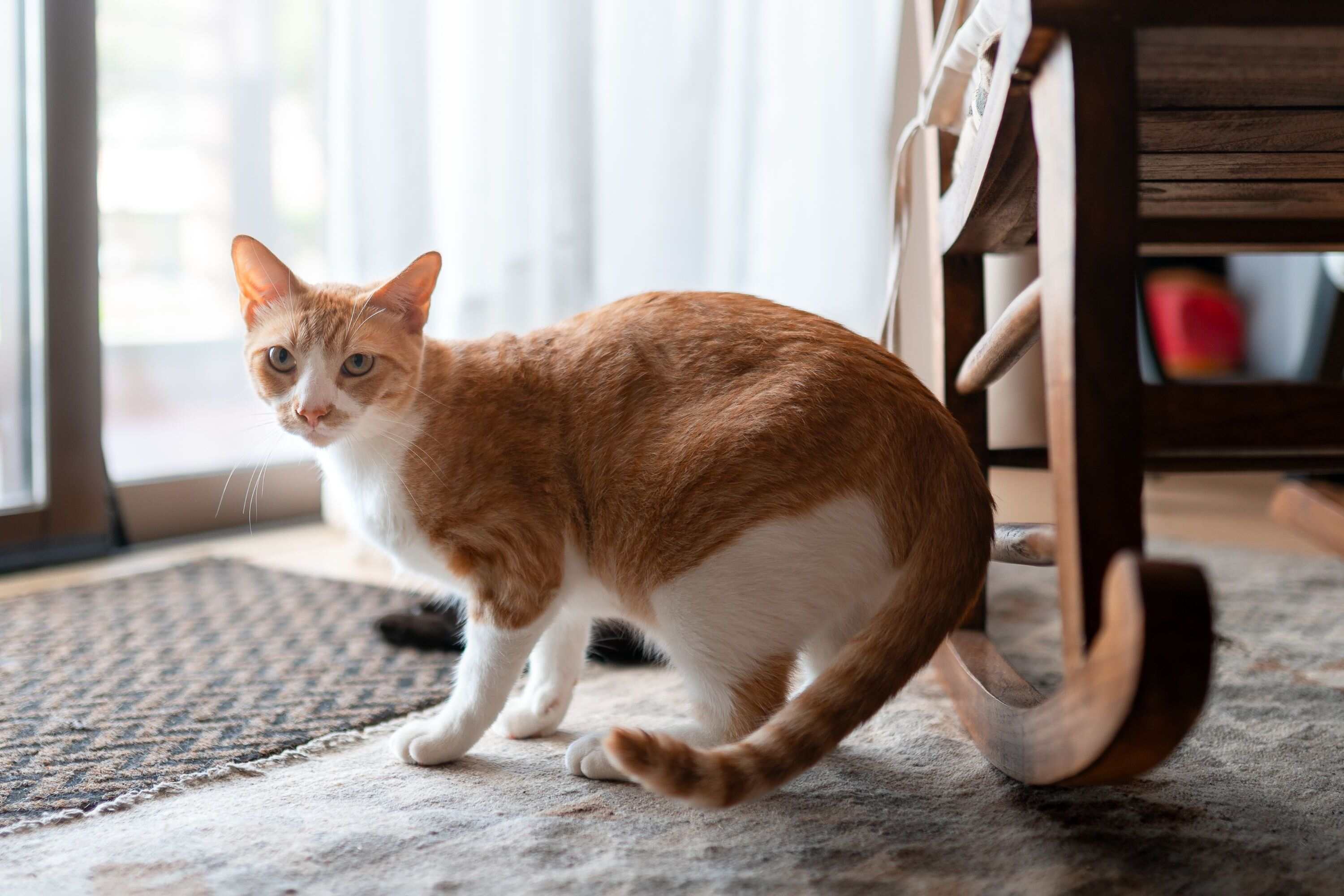
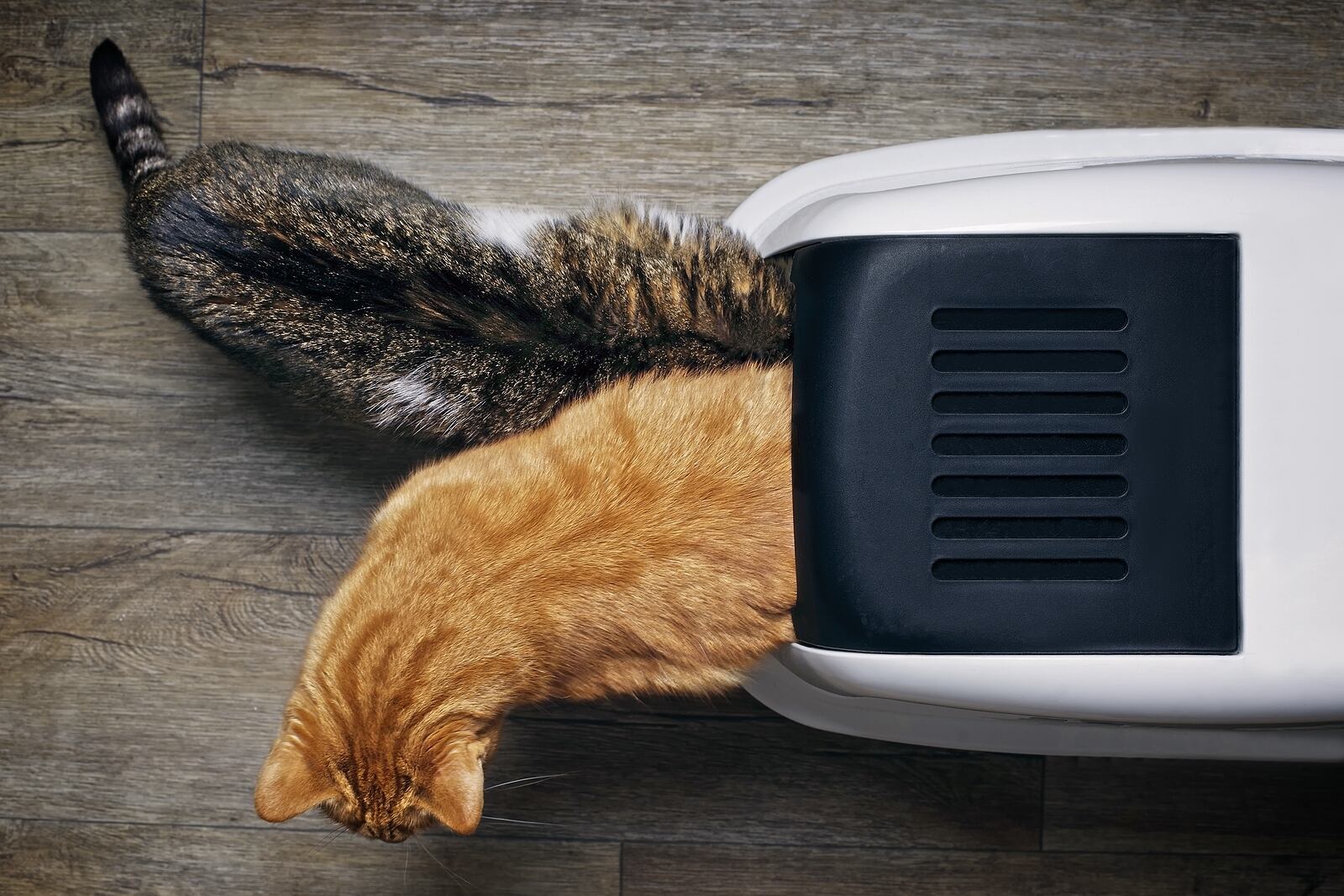
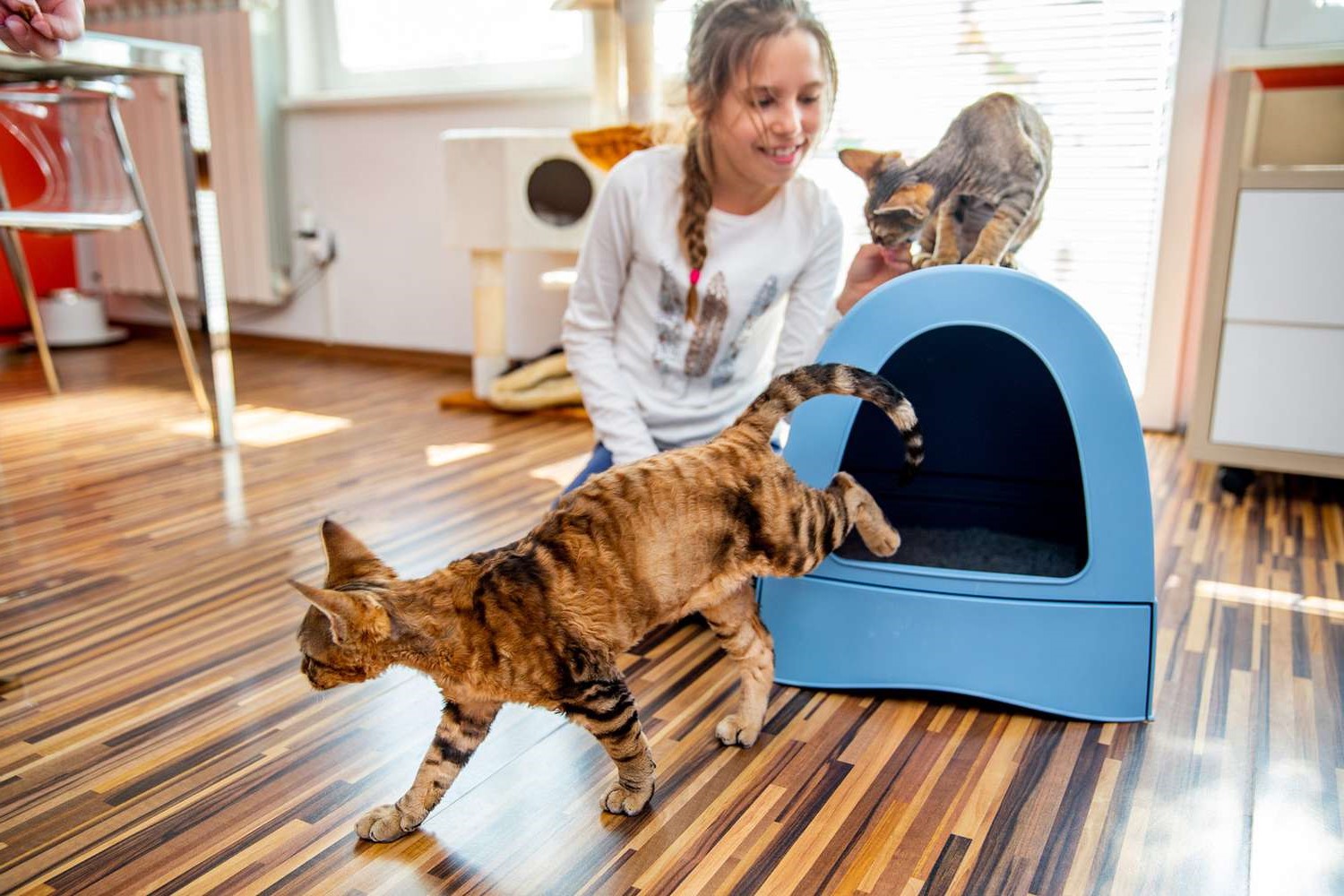
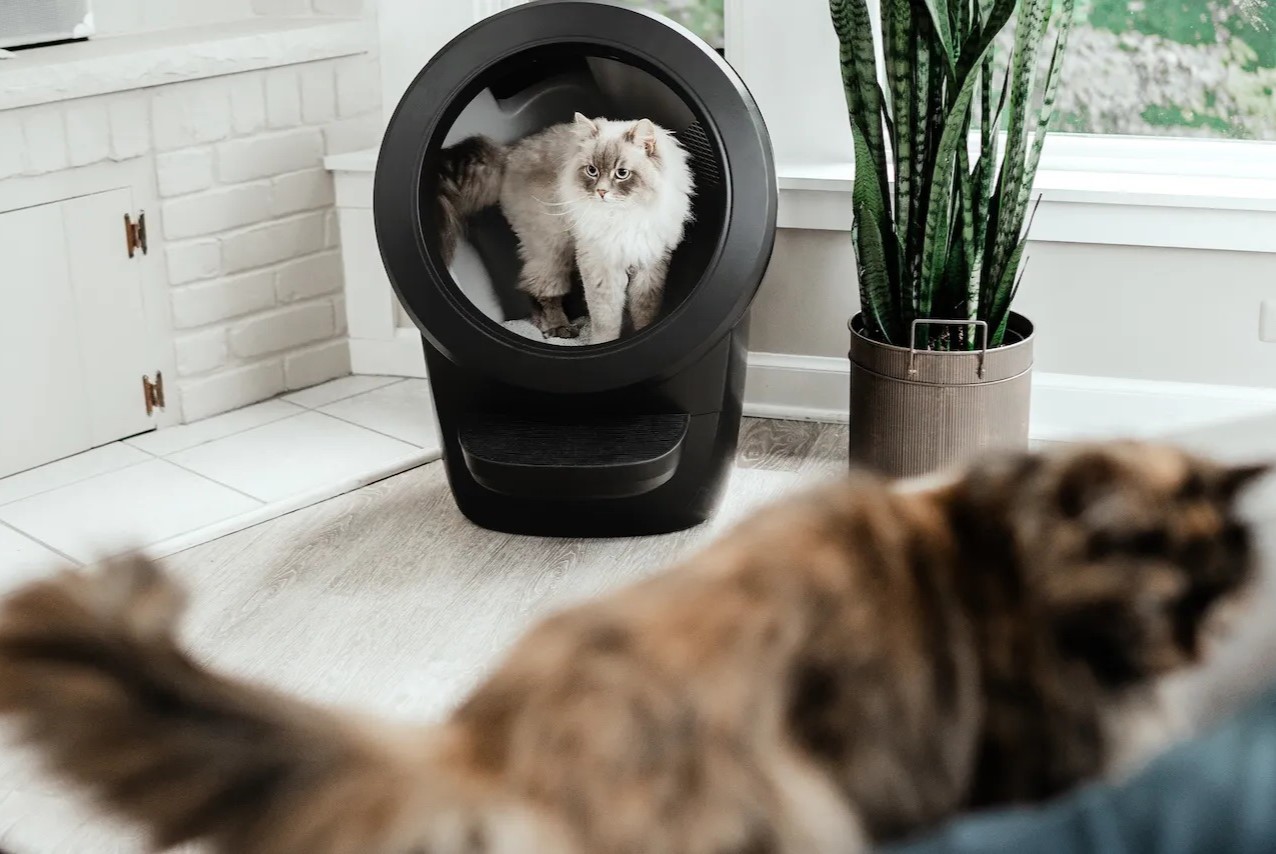
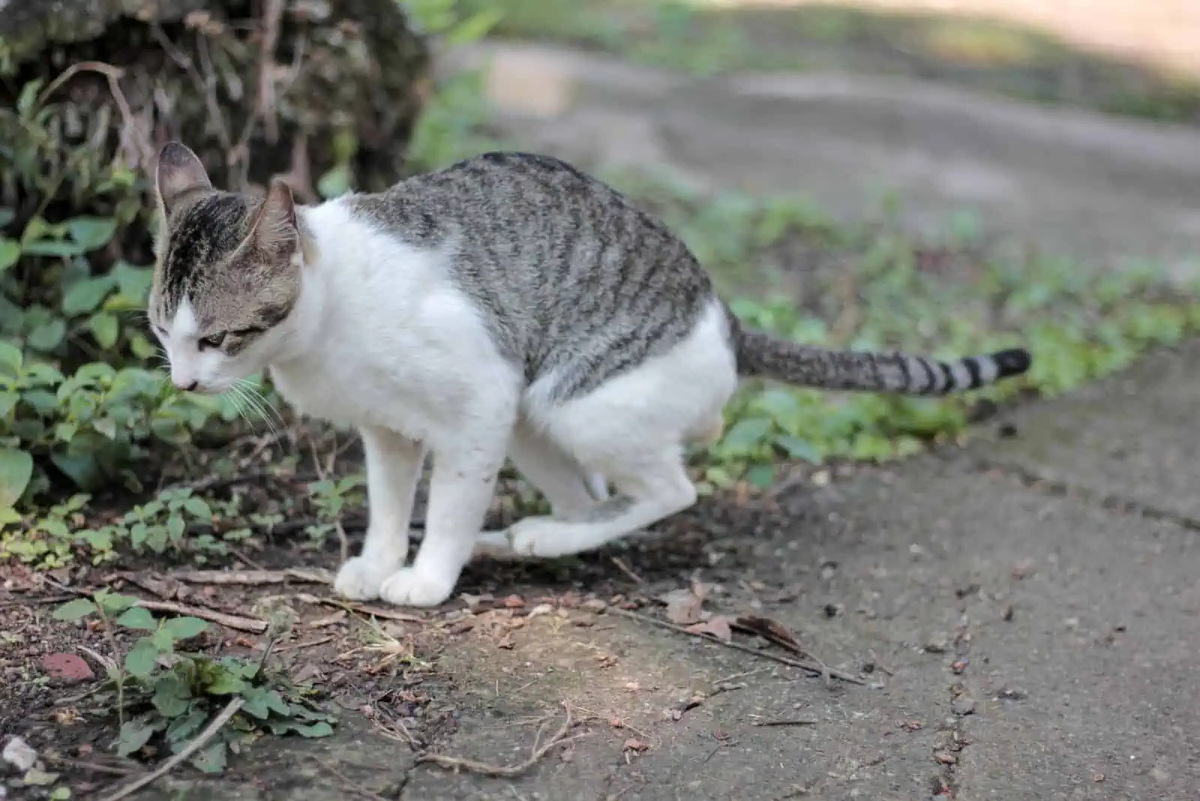
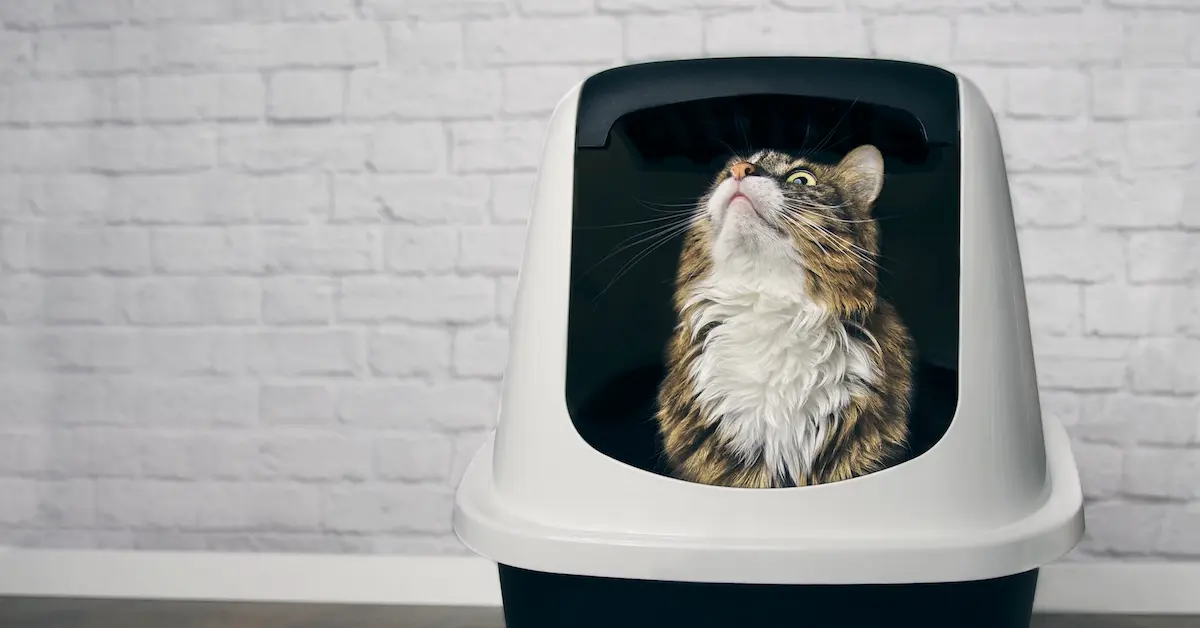
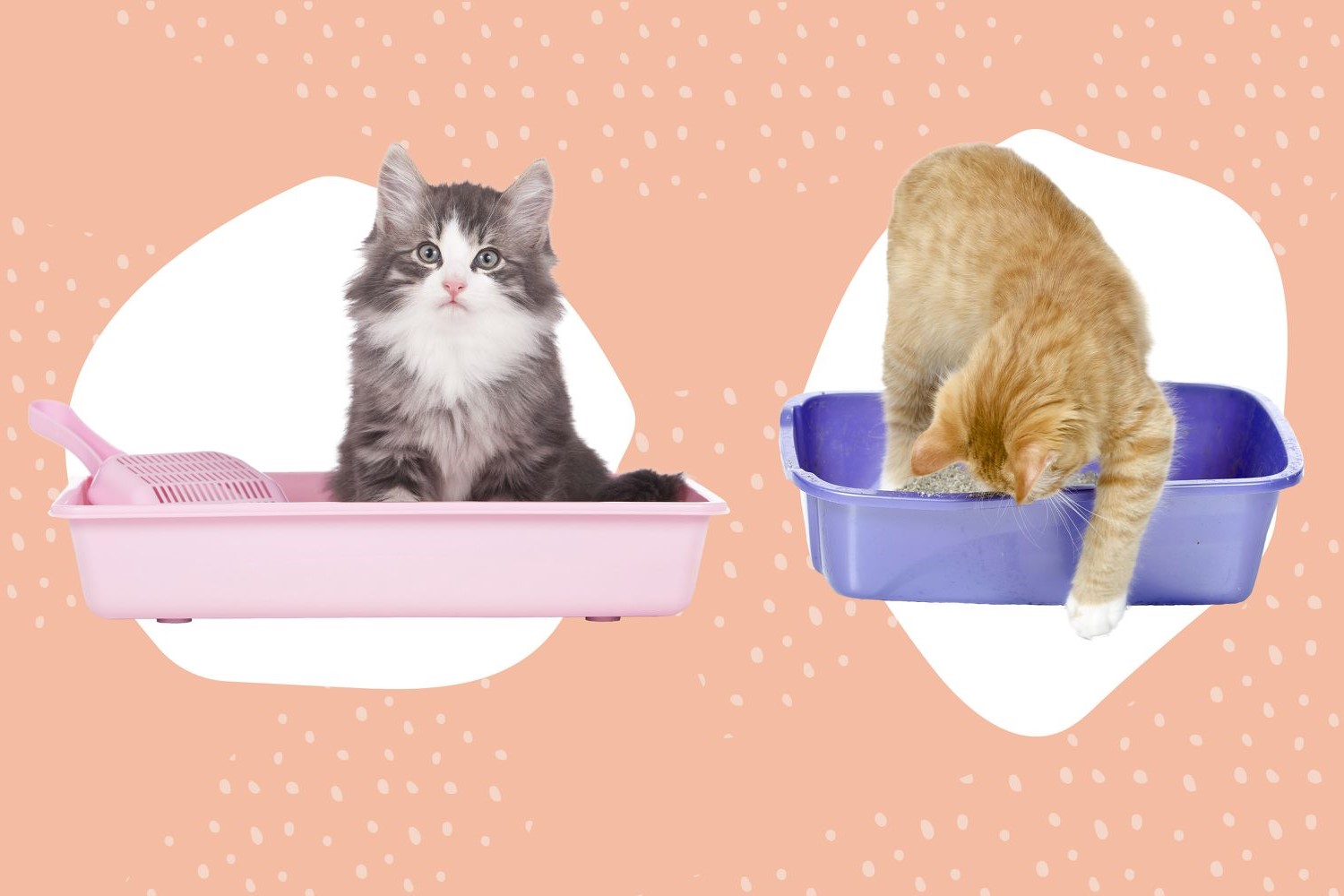

0 thoughts on “Why My Cat Won’t Poop In The Litter Box”